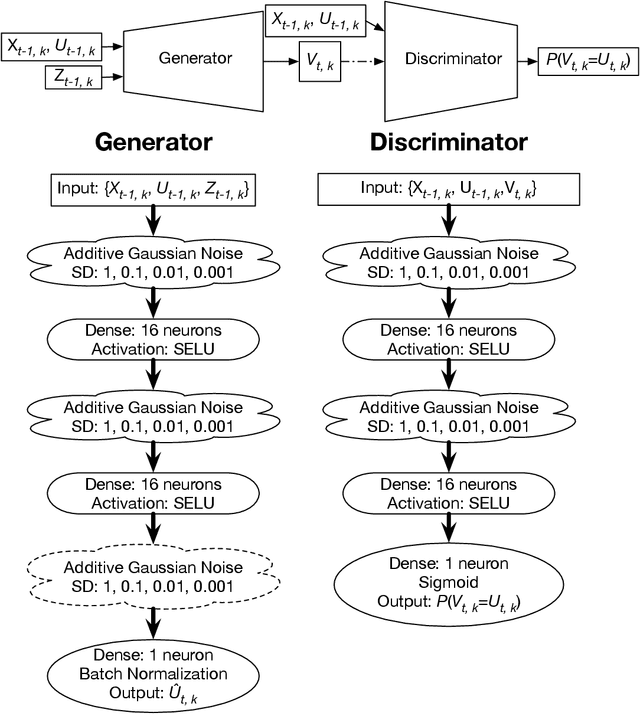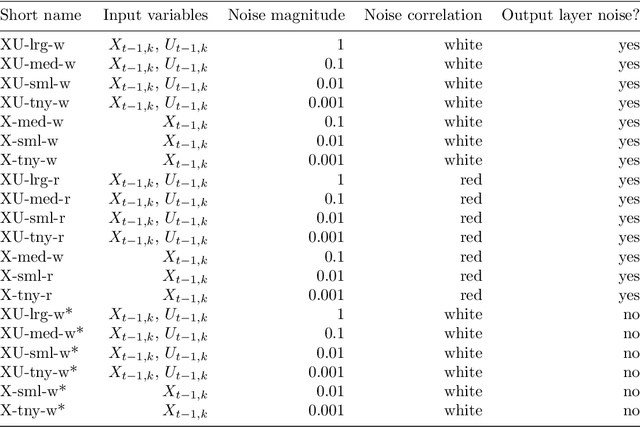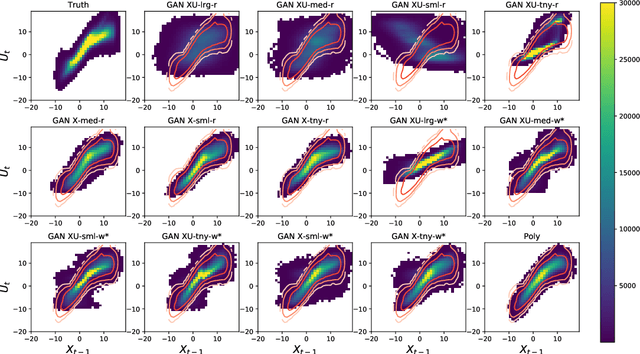Aneesh C. Subramanian
Data-Driven Probabilistic Air-Sea Flux Parameterization
Mar 06, 2025Abstract:Accurately quantifying air-sea fluxes is important for understanding air-sea interactions and improving coupled weather and climate systems. This study introduces a probabilistic framework to represent the highly variable nature of air-sea fluxes, which is missing in deterministic bulk algorithms. Assuming Gaussian distributions conditioned on the input variables, we use artificial neural networks and eddy-covariance measurement data to estimate the mean and variance by minimizing negative log-likelihood loss. The trained neural networks provide alternative mean flux estimates to existing bulk algorithms, and quantify the uncertainty around the mean estimates. Stochastic parameterization of air-sea turbulent fluxes can be constructed by sampling from the predicted distributions. Tests in a single-column forced upper-ocean model suggest that changes in flux algorithms influence sea surface temperature and mixed layer depth seasonally. The ensemble spread in stochastic runs is most pronounced during spring restratification.
Machine Learning for Stochastic Parameterization: Generative Adversarial Networks in the Lorenz '96 Model
Sep 10, 2019



Abstract:Stochastic parameterizations account for uncertainty in the representation of unresolved sub-grid processes by sampling from the distribution of possible sub-grid forcings. Some existing stochastic parameterizations utilize data-driven approaches to characterize uncertainty, but these approaches require significant structural assumptions that can limit their scalability. Machine learning models, including neural networks, are able to represent a wide range of distributions and build optimized mappings between a large number of inputs and sub-grid forcings. Recent research on machine learning parameterizations has focused only on deterministic parameterizations. In this study, we develop a stochastic parameterization using the generative adversarial network (GAN) machine learning framework. The GAN stochastic parameterization is trained and evaluated on output from the Lorenz '96 model, which is a common baseline model for evaluating both parameterization and data assimilation techniques. We evaluate different ways of characterizing the input noise for the model and perform model runs with the GAN parameterization at weather and climate timescales. Some of the GAN configurations perform better than a baseline bespoke parameterization at both timescales, and the networks closely reproduce the spatio-temporal correlations and regimes of the Lorenz '96 system. We also find that in general those models which produce skillful forecasts are also associated with the best climate simulations.
 Add to Chrome
Add to Chrome Add to Firefox
Add to Firefox Add to Edge
Add to Edge